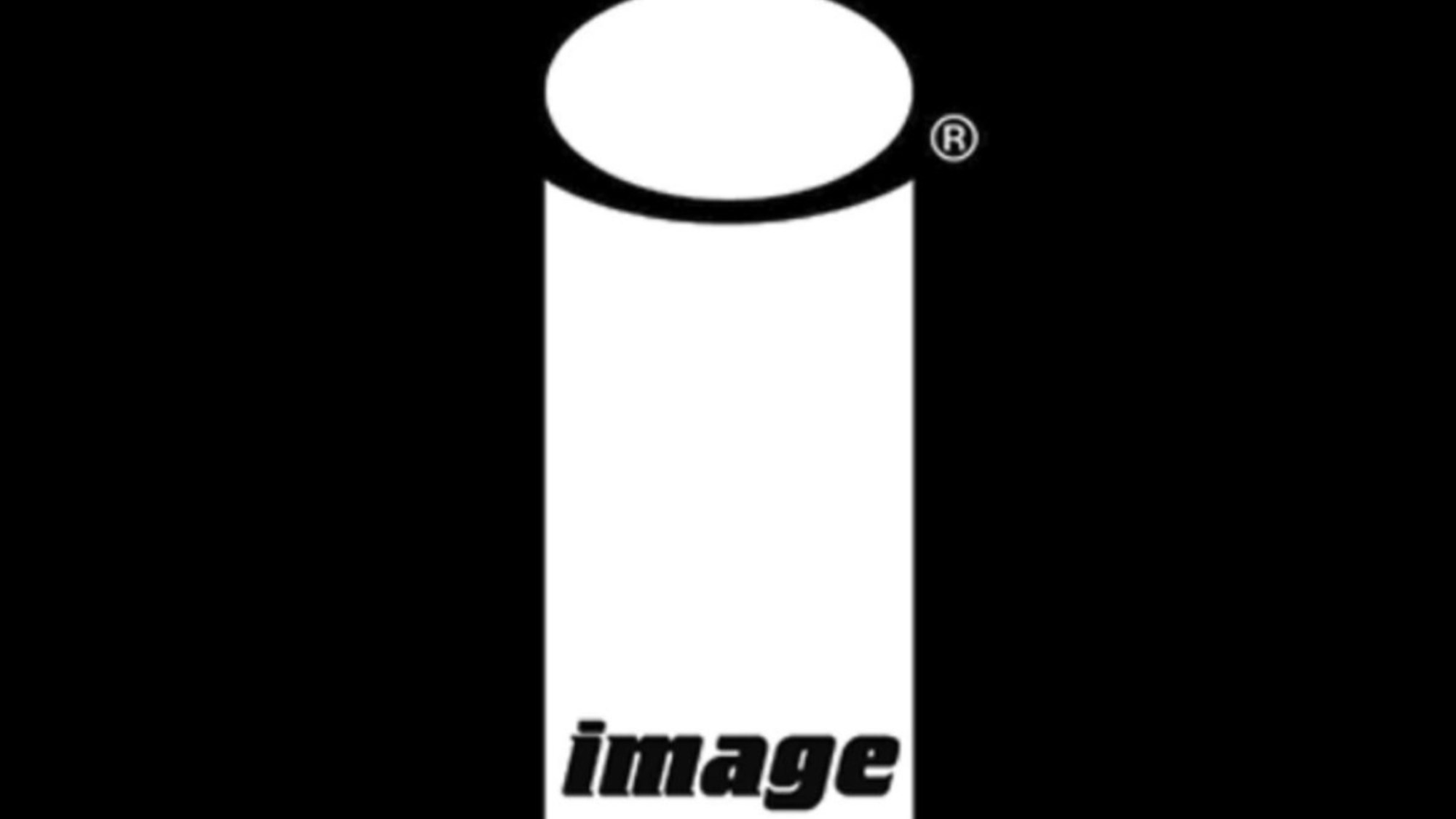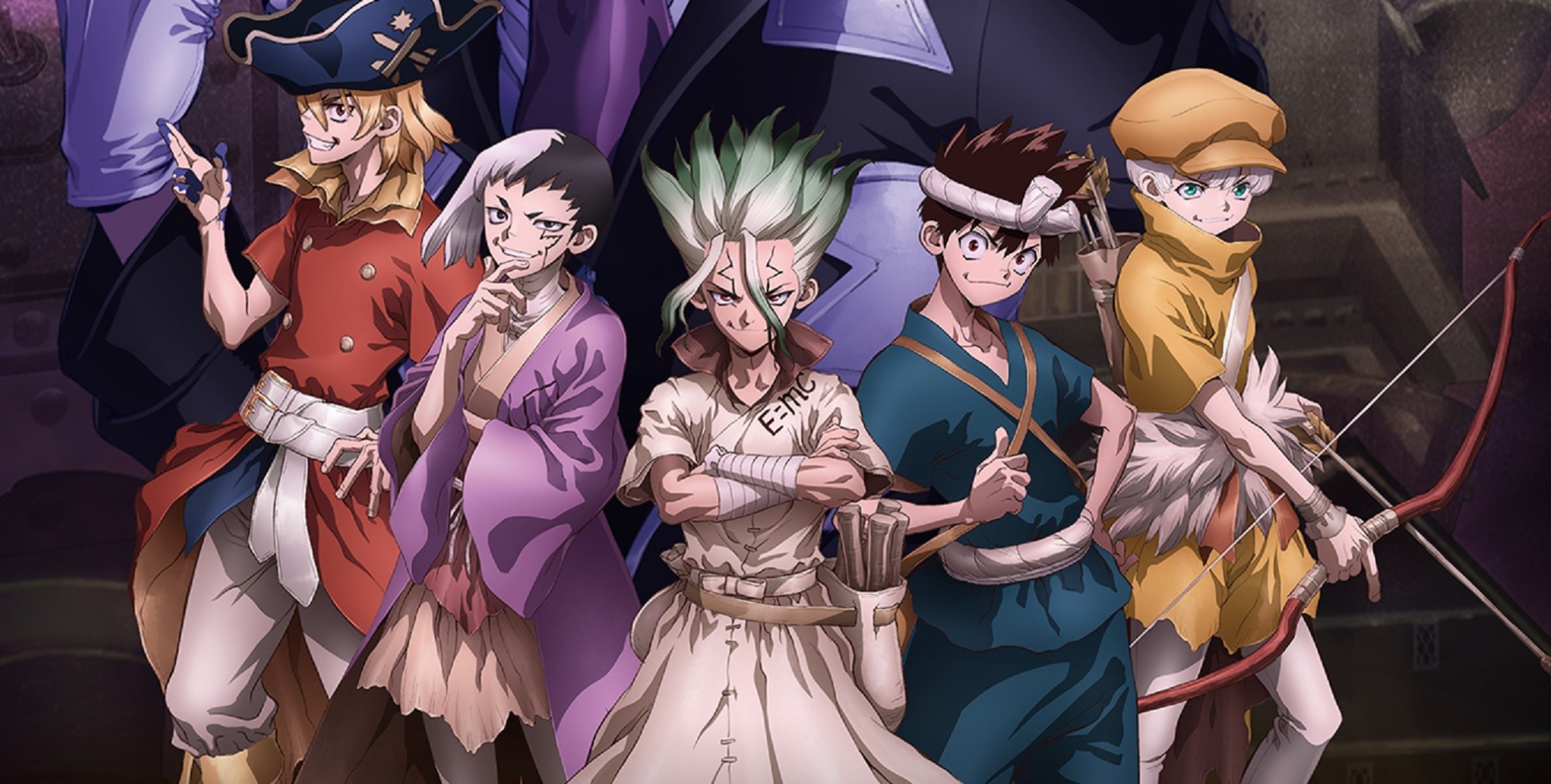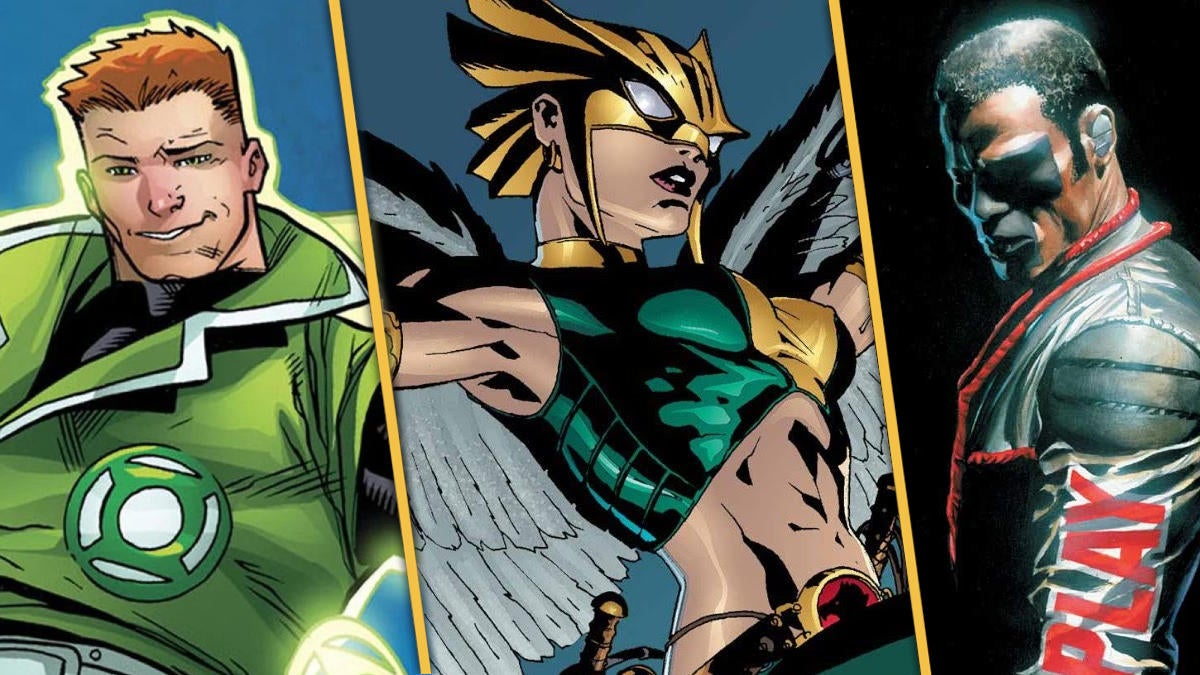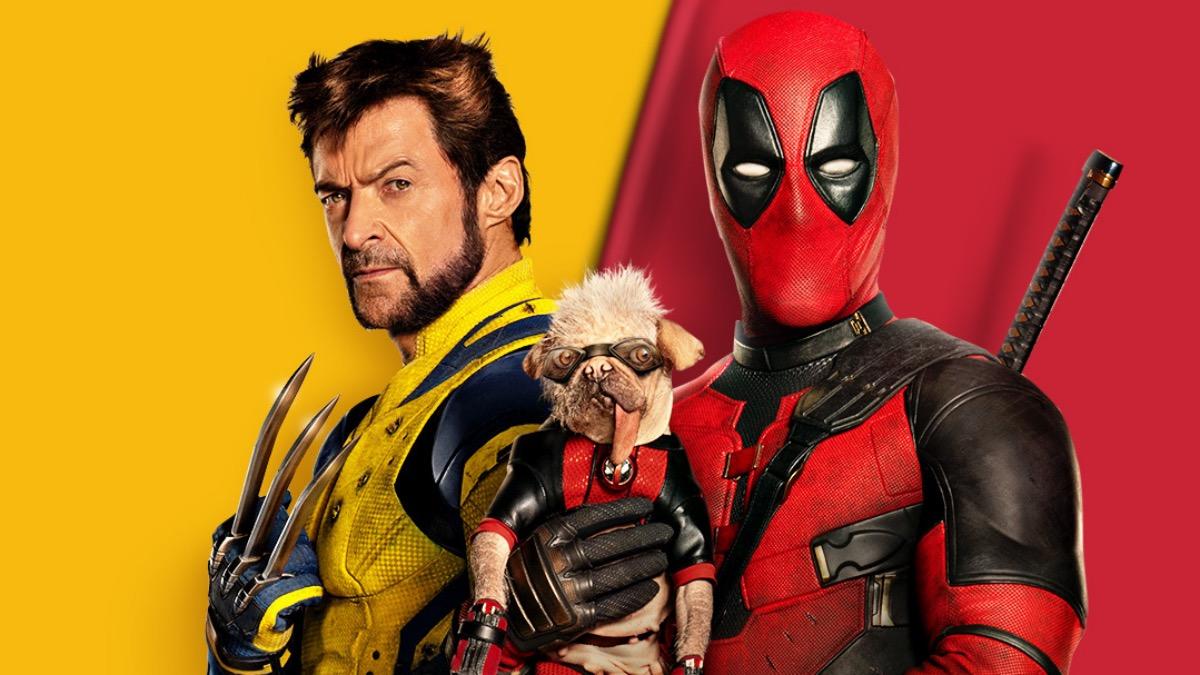Image Comics has veered in many directions in its over thirty year history. At first, the indie publisher tried to be like the companies the superstars of the ‘Image Seven’ – Jim Lee, Todd McFarlane, Rob Liefeld, Marc Silvestri, Erik Larsen, Jim Valentino, and Whilce Potracio – had come from, creating a somewhat coherent superhero universe where crossovers and such were possible. As founders like Liefeld and Silvestri left and returned, this changed and eventually, Image morphed to the structure it’s in now – a publishing house of unconnected titles by the best writers and artists in the industry. However, Geoff John‘s Ghost Machine imprint has changed that, giving Image its own multiverse.
Videos by ComicBook.com
Rocketfellers #2, by Peter Tomasi and Francis Manapul, features a two-page spread where Manapul is joined by the other superstar artists of Ghost Machine – Jason Fabok, Gary Frank, Bryan Hitch, Peter Snejberg, and Ivan Reis – to show the four worlds of this new universe. The Ghost Machine comics – Geiger, Junkyard Joe, Rook Exodus, Redcoat, Hyde Street, Rocketfellers, and the upcoming Hornsby & Halo – have already made quite a splash and revealing the multiversal nature of the new imprint is a recipe for something special. Of course, anyone following the career of Johns, Tomasi, or Brad Meltzer knew that a multiverse was inevitable.
Ghost Machine’s Multiverse Is Being Constructed By The Best In The Business

Johns, Tomasi, and Meltzer all cut teeth on comic writing at DC. All three were long unabashed fans of the publisher’s Silver and Bronze Age, and the defining feature of that time period in DC was the multiverse, that infinite expanse of Earths that gave DC Comics’ creators the capacity to tell any kind of the story with the publisher’s superheroes. However, the multiverse was also confusing for more casual fans, and it was ended with 1985’s Crisis On Infinite Earths. That lasted for twenty years, when Johns, Tomasi, and, to a lesser extent, Meltzer were all apart of the build-up to Infinite Crisis, the Johns-written event book that laid the seeds for the return of the DC Multiverse. Johns and Tomasi were later a part of the construction of the New 52, an all-new DC Multiverse, in 2011. Johns would leave the comic writing side of things for a time to help with the DCEU, but would return with DC: Rebirth #1, again changing the continuity of the DC Multiverse and leading into Doomsday Clock and Flashpoint Beyond, where he talked about the Omniverse and the Metaverse. So, anyone expecting Ghost Machine not to have a multiverse, especially with its diverse range of comics, hasn’t really been paying attention.
The strength of Ghost Machine so far has been how its given readers so much in such a short period of time. Geiger is a post apocalyptic superhero epic, Junkyard Joe feels like an old DC war comic, Redcoat takes from the real world with its immortal Revolutionary War era British lead, Hyde Street opens the doors to horror, Rook Exodus is dystopian sci-fi, and Rocketfellers is a family sci-fi set in the far future. That’s a huge variety of books, and the line is full of talent from many of the best to ever work in the industry in the last thirty years – Johns, Tomasi, Meltzer, Frank, Reis, Snejberg, Manapul, Hitch, Fabok. This is exactly the line-up that people would want to run an all-new multiverse of titles and ideas.
It also certainly helps that Johns seems creatively rejuvenated with the line. He went from one of the biggest stars of the ’00s – joining the rarefied air of talents like Waid and Morrison as architects of the best of DC – to a creator that many had gotten tired of by the midpoint of the ’10s. His works at DC after DC: Rebirth #1 weren’t as beloved as what came before, and although its arguable that he ended strong – Flashpoint Beyond, The New Golden Age, Justice Society Of America, and especially Stargirl: The Lost Children were all rather well-received by fans and critics – the end of his tenure at DC wasn’t nearly as illustrious as its beginning. Ghost Machine has seen Johns pump out great new stories and ideas, paying homage to his past works but still creating something new. A revitalized Johns in charge of his own multiverse should be a recipe for success.
The Ghost Machine Multiverse Gives Image Yet Another Blockbuster Franchise

Image Comics has been on something of a tear since the early ’10s. The publisher has continually scored the best talent in the comic industry and allowed them to tell the stories they want, ones they retain full ownership and control over. Image famously only owns the iconic “I” logo – but that logo has become a mark of quality. Discerning fans know that Image is the best place to go in the indie comic market for the best variety of amazing comics. Ghost Machine has given them another weapon in their arsenal, a multiverse from some of the most prolific creators in superhero comics from the last thirty years.
Image may be far from the halcyon days of its founding, when its comics were outselling most Marvel and DC books without an X, a spider, or a bat on the cover, but its hard to argue with the depth of talent and creativity at the publisher. The Ghost Machine Multiverse is yet another feather in Image’s cap and one that has already made a lot of fans happy. Image works so well because of the cornucopia of various titles under its umbrella, and giving readers more inter-related books, especially from talents of the caliber that work at Ghost Machine, is only going to pay dividends.
You can check out Ghost Machine at Image Comics.







